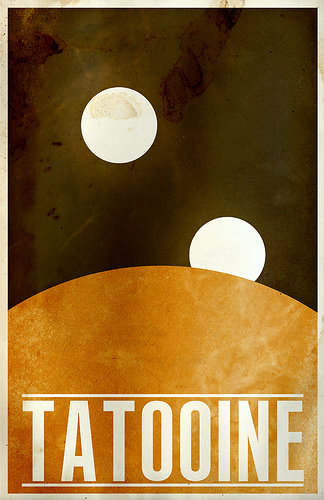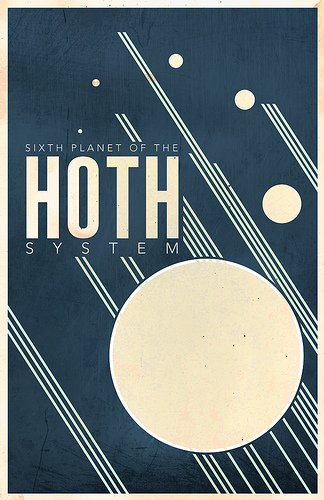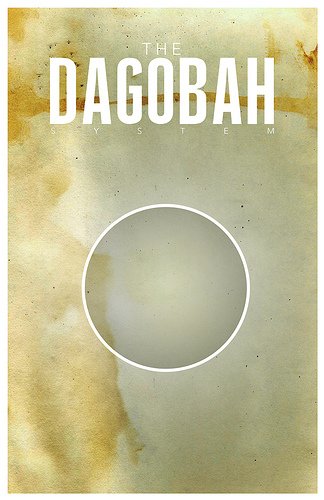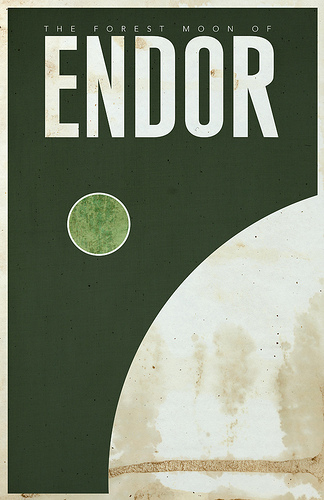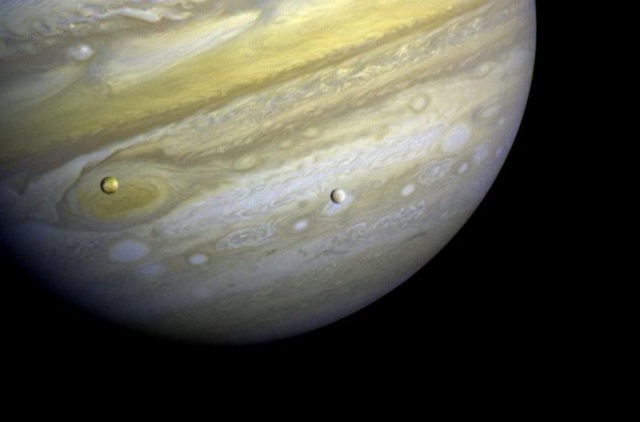
All these worlds are yours except Europa.

Haunting the Web Since 1999

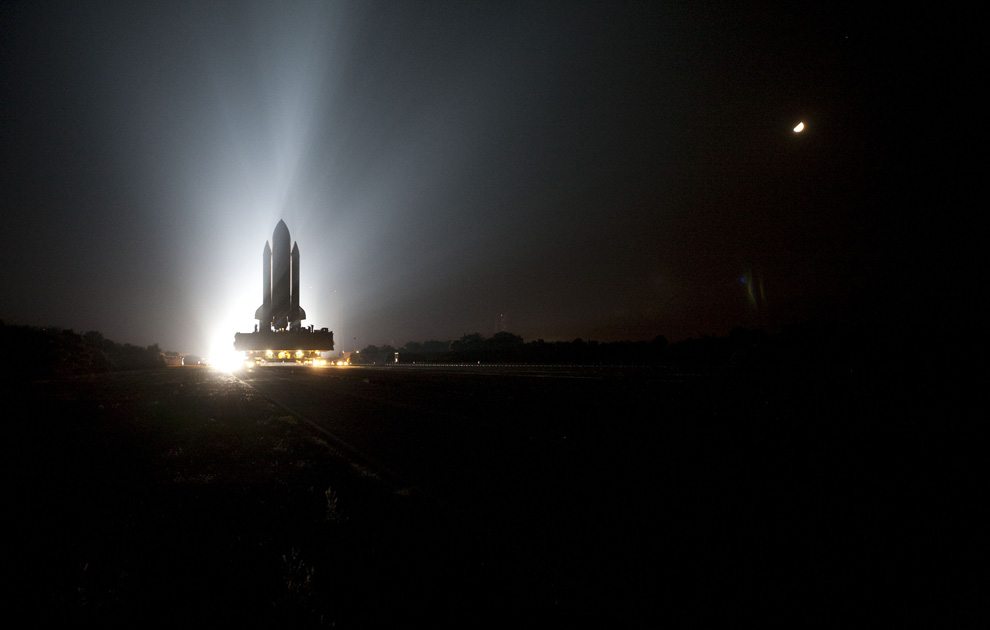
“If DAMA’s signal were due to dark matter, Xenon 100 would have seen dozens of events — unless the properties of dark matter are very different than expected, says Lang. ‘If DAMA really does see dark matter, it has to be something very, very exotic, something much different from what we expect, so it’s getting a bit unlikely.‘” A new study casts doubt on apparent discoveries of dark matter particles by the DAMA experiment. Back to MOND, then?
“To create melanin particles tiny enough to squeeze through the liver, lungs, and spleen, Dr. Dadachova and her team layered several coats of synthesized melanin on silica particles. The particles, once injected into mice, clung onto bone marrow, as the researchers intended.“
It’s in the air, for you and me…By way of the always illuminating Dangerous Meta, scientists find a possible way to make people radiation resistant via melanin nanoparticles. “Clinical trials testing the melanized particles on cancer patients may begin two or three years. Dr. Dadachova also surmises that the technique has potential for protecting astronauts against radiation exposure.“
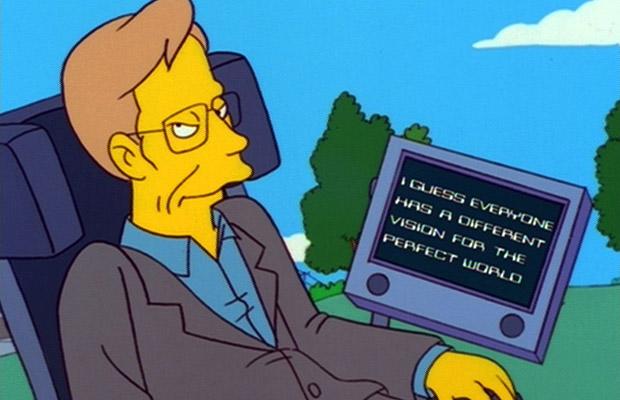
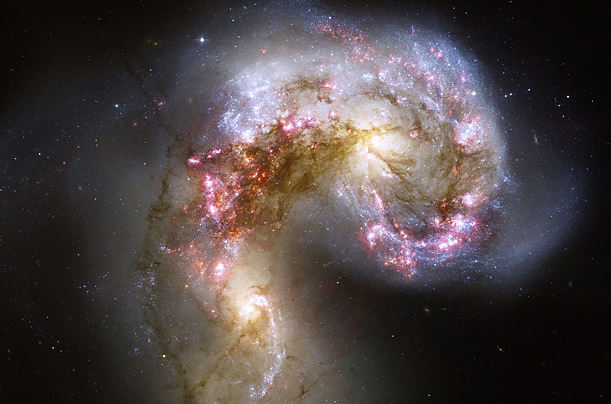
“Within 40 small craters, one to nine miles wide, they estimated 600 million metric tons of water. Perhaps most notably, ‘It has to be relatively pure,’ said Paul Spudis, the principal investigator for the instrument that made the discovery.“
By way of a friend, scientists find more evidence of lots of water on the moon. “That is significant, because the ice in these craters could be easily tapped by future lunar explorers — not just for drinking water, but also broken apart into oxygen for breathing and hydrogen for fuel.” Hmm. Maybe it’s time to start thinking of ways to get up there…
“In April, the world will celebrate the quinquagenary of SETI, the search for extraterrestrial intelligence, so it seems a good time to take stock of the silence. Three new books tackle the issue in three different ways. One, an immensely readable investigation of the SETI enterprise (with a surprising conclusion); the second, a technical guide to what we should be looking for and how; and the third, a left-field argument that the alien question has already been answered.“
In New Scientist, Michael Hanlon surveys three new books about the continuing search for alien life, and attempts to grapple with the Fermi paradox.”Today it is rare to meet an astronomer who doesn’t believe that the universe is teeming with life. There is a feeling in the air that light will soon be shed on some of science’s most fundamental questions: is Earth’s biosphere unique? Do other minds ponder the universe?“
“The second law states that a force is proportional to an object’s mass and its acceleration. But since the 1980s, some physicists have eyed the law with suspicion, arguing that subtle changes to it at extremely small accelerations could explain the observed motion of stars in galaxies.” Also on the subject of spinning, a new experiment finds a way to test Modified Newtonian Dynamics (MOND) on Earth, which, if successful, could revise Newton’s heretofore ironclad 2nd law…and explain away the longstanding dark matter problem. (By way of my new favorite Twitter feed, @newscientist.)
